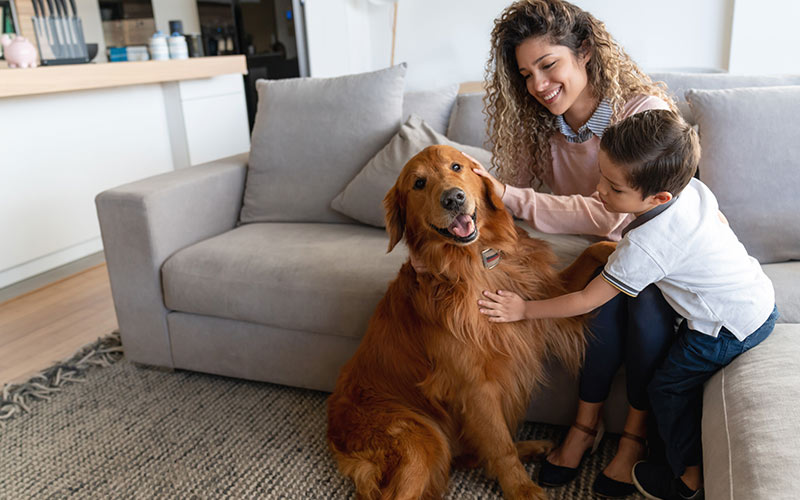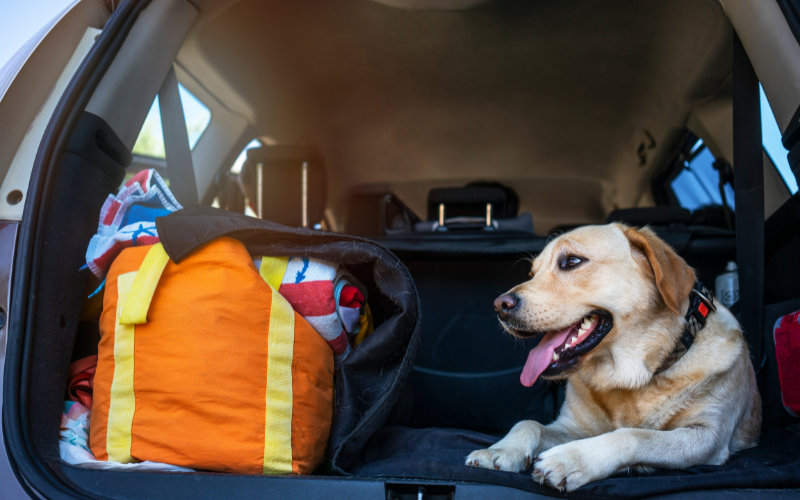For many of us, our pets are an integral part of our families. Isn’t that right, Bailey? 🐾 They bring us joy, companionship, and countless memorable moments. To ensure our furry friends live long, healthy, and happy lives, it’s essential to understand the fundamentals of pet care. Welcome to your ultimate pet owner’s manual—a comprehensive guide packed with essential tips for every pet parent.

Understanding Your Pet’s Needs
Nutrition
Proper nutrition is the cornerstone of your pet’s health. Different pets have different dietary needs based on their species, breed, age, and health status.
- Dogs: Choose high-quality dog food that lists meat as the first ingredient. Avoid foods with fillers like corn and soy.
- Cats: Cats are obligate carnivores and require a diet rich in animal protein. Wet food is often preferred to ensure adequate hydration.
- Small Mammals: Animals like rabbits and guinea pigs need a diet high in fiber. Fresh hay should be a staple in their diet.

Exercise
Regular exercise is vital for your pet’s physical and mental well-being.
- Dogs: Daily walks, playtime, and mental stimulation through training or puzzle toys are essential.
- Cats: Provide climbing trees, scratching posts, and interactive toys to keep them active.
- Small Pets: Ensure they have enough space to move around and explore. Exercise wheels and playpens are great for this.
Health Care
Routine veterinary care is crucial to detect and prevent health issues.
- Vaccinations: Keep up with your pet’s vaccination schedule to protect them from common diseases.
- Parasite Control: Regular treatments for fleas, ticks, and worms are necessary.
- Dental Care: Brush your pet’s teeth regularly and provide dental chews to prevent periodontal disease.
Creating a Safe and Comfortable Environment
Home Safety
Make your home a safe haven for your pet.
- Pet-Proofing: Remove any hazardous items like toxic plants, chemicals, and small objects that can be swallowed.
- Comfortable Spaces: Provide a cozy bed, and ensure they have a quiet space where they can retreat and relax.

Socialization and Training
Proper socialization and training can prevent behavioral problems.
- Dogs: Start training early with basic commands like sit, stay, and come. Socialize them with other dogs and people.
- Cats: Use positive reinforcement to encourage good behavior. Socialize them gradually to new environments and people.
- Small Pets: Handle them gently and frequently to build trust and reduce stress.
Understanding Behavioral Needs
Dogs
Dogs are social animals that thrive on interaction and stimulation.
- Barking: Understand the reasons behind your dog’s barking—whether it’s for attention, boredom, or alerting you to something.
- Separation Anxiety: Gradually train your dog to be comfortable alone. Provide toys and treats to keep them occupied.

Cats
Cats are independent but also need interaction and stimulation.
- Scratching: Provide scratching posts to prevent furniture damage. Cats scratch to mark territory and keep their claws healthy.
- Litter Box Issues: Keep the litter box clean and place it in a quiet, accessible location.
Small Pets
Small pets, like rabbits and hamsters, have unique behavioral needs.
- Chewing: Provide safe chew toys to prevent damage to their teeth and reduce boredom.
- Hiding: Ensure they have hiding spots in their enclosure to feel secure.
Emergency Preparedness
Being prepared for emergencies is crucial for every pet owner.
- First Aid Kit: Have a pet-specific first aid kit on hand. Include items like bandages, antiseptic wipes, and tweezers.
- Emergency Plan: Create an emergency plan that includes evacuation routes and pet-friendly shelters. Keep important documents, like vaccination records, accessible.

Conclusion
Owning a pet is a rewarding journey filled with love, joy, and companionship. Isn’t that right, Bailey? 🐾 By following this ultimate pet owner’s manual, you’ll be well-equipped to provide the best care for your furry friend. Remember, every pet is unique, so always be attentive to their individual needs and preferences. With the right knowledge and resources, you can ensure your pet lives a happy, healthy, and fulfilling life.
